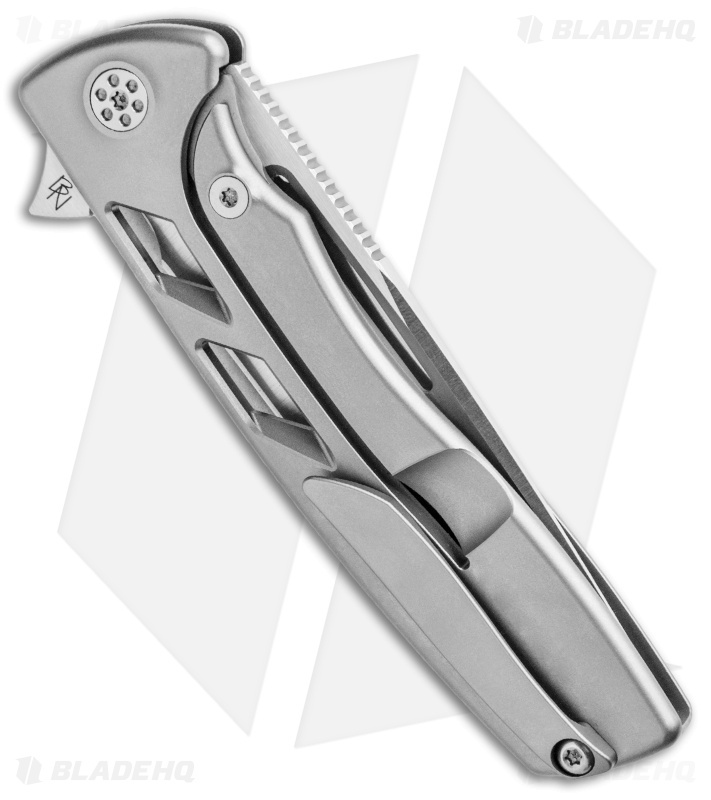

However, it's good practice to know how to achieve this angle without a guide. Note: Some whetstones come with a guide you can attach to the knife that provides the ideal sharpening angle. For some thinner Japanese blades, you'll likely need to try to go even further to a 15-degree angle. To do this, hold the knife to the stone at a 90-degree angle, halve it, then halve it again. Apply the blade to the stone at about a 17-degree angle. Step 3: Hold the knife handle firmly in your dominant hand. How To Organize Your Pantry so it Actually Makes Sense
#Sharpen knife droppoint pro
How to Season a Cast Iron Skillet Like a Pro This is the Best Way To Clean Your Stainless Steel Sink Have another towel handy to wipe down your blade periodically and a cup of water so you can occasionally re-apply water to the whetstone for lubricant. Step 2: Place a damp towel down on your countertop or table to secure the stone while sharpening. You'll know enough time has passed when the stone makes very few bubbles. Step 1: Soak the stone before sharpening for about 10-30 minutes so water can impregnate the stone. But if your knife is super dull, you'll want to start out with the coarse grit. Depending on the dullness of your knife, just using the fine grit side is enough to bring back the sharpness of the blade. The coarse-grit side is used to reform the blade's edge, and the fine-grit side is to fine-tune the edge and give it that razor-sharp quality. Whetstones have two sides: A coarse and fine grit. There's less mess and no oil you have to purchase.

In our opinion, water stones are the best option. Some whetstones are designed to use water and some oil. Whetstones are the best way to maintain the overall integrity of your knife's edge and the overall life of your blade. However, there are other methods available that we'll dive into a bit later. Like most knife experts, we believe using a whetstone to sharpen your blades is the best method for knife longevity. There are also knife companies that offer this service, and if you can't seem to get knife sharpening down, there's no shame in going this route.īut if you have the time and patience to learn, purchasing a whetstone (or water stone) and perfecting the art of blade sharpening will save you a lot of money in the long run.
#Sharpen knife droppoint professional
Indeed, you can avoid the process altogether by paying a professional bladesmith to sharpen your knives. However, learning to sharpen yourself is the prudent choice, instead of running out and buying a new knife every time it gets dull. The art of knife sharpening can be intimidating and definitely takes some practice to perfect. While proper handling is crucial, a razor-sharp blade should do the job in one stroke. That's because you have a greater chance of misusing a dull knife and injuring yourself while sawing away at whatever you might be trying to cut, slice, or whittle. The bottom line is dull knives are dangerous. A larger sharpening stone is preferable, but a smaller stone can be used.Even if you don't step foot in a kitchen but use knives for other things like work or outdoor survival, you need to keep them sharp. On blades up to 10 – 15 cm (4 – 6 inches), use the thumb to set sharpening angle. A frequent mistake is to sharpen both edges and this results in a less durable or dull knife edge. The hard coating on the non–honed side of the blade becomes the cutting edge. Blades that are hard coated (with titanium carbonitride) should only be sharpened on one edge.The burr has not been removed, leaving the blade rough.If you have two knives, grind the fixed blade to 30 – 35° and the folding locking knife to 20 – 25°, use the fixed blade for cruder work and the folding knife for finer work. It will not fine slice a tomato or be very efficient at chopping wood but it will perform adequately all–round with good durability. A good angle to sharpen a survival knife is 25°, which as you can see from the above chart is a compromise. Keeping the grinding angle constant and the blade evenly in contact with the abrasive is not easy. The grinding angle is incorrect for the chosen use of the knife.The blade design is too complicated, requiring several grinding angles.The knife steel is not high quality and it will not take a sharp edge whatever you do.


 0 kommentar(er)
0 kommentar(er)
